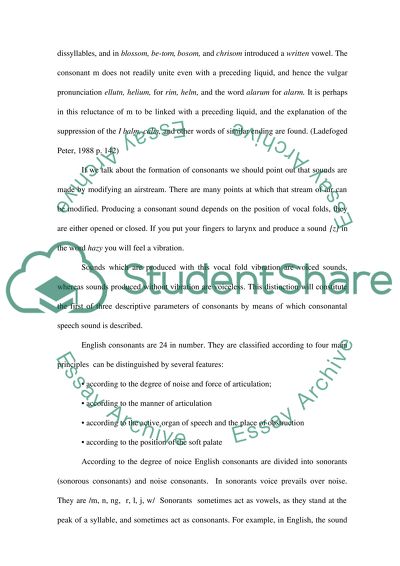Cite this document
(Consonants of the English Language Term Paper Example | Topics and Well Written Essays - 2500 words, n.d.)
Consonants of the English Language Term Paper Example | Topics and Well Written Essays - 2500 words. Retrieved from https://studentshare.org/english/1559037-consonants-of-the-english-language
Consonants of the English Language Term Paper Example | Topics and Well Written Essays - 2500 words. Retrieved from https://studentshare.org/english/1559037-consonants-of-the-english-language
(Consonants of the English Language Term Paper Example | Topics and Well Written Essays - 2500 Words)
Consonants of the English Language Term Paper Example | Topics and Well Written Essays - 2500 Words. https://studentshare.org/english/1559037-consonants-of-the-english-language.
Consonants of the English Language Term Paper Example | Topics and Well Written Essays - 2500 Words. https://studentshare.org/english/1559037-consonants-of-the-english-language.
“Consonants of the English Language Term Paper Example | Topics and Well Written Essays - 2500 Words”. https://studentshare.org/english/1559037-consonants-of-the-english-language.


